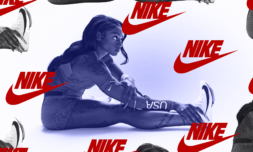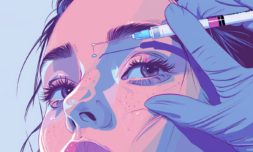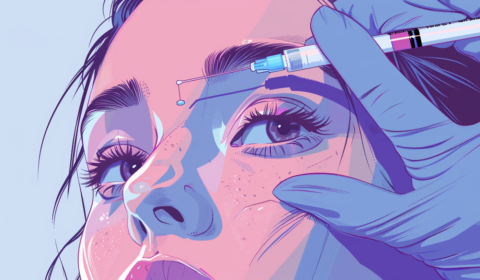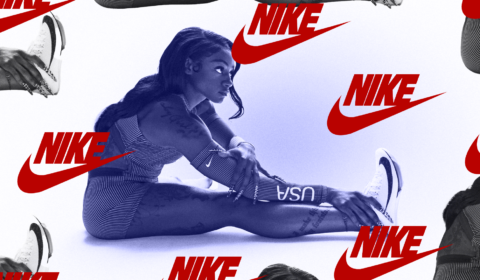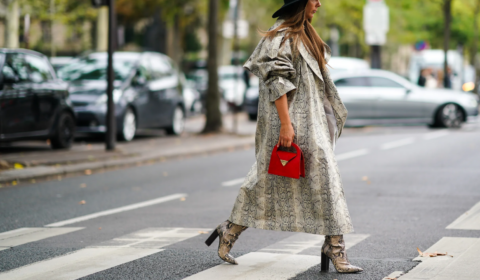‘Innovation in the making,’ the leather-goods powerhouse is breaking away from tradition and experimenting with a lab-grown substitute to the unsustainable material.
Big news in the luxury arena: high fashion that’s suitable for vegans.
Yep, you heard that right, the designer side of the industry is starting to make some considerable moves towards adopting more sustainable practices with Hermès leading the charge. Trust me, I’m as surprised as you are.
This week, the leather-goods powerhouse announced it would be breaking away from tradition and experimenting with lab-grown substitutes to a material renowned for its enormous impact on the environment, largely due to the water, land, and energy it requires to produce.
The plant-based, fungi-derived alternative will be sourced from MycoWorks, a California-based start-up that’s successfully developed a patented process of turning mycelium (a network of threads from the root structure of mushrooms) into a material that imitates the properties of leather.


Part of a market that’s growing exponentially and predicted to be worth almost $90bn by 2025, it’s been almost two decades in the making. Also known as ‘fine mycelium,’ the ground-breaking material is fungus-grown, looking, feeling, and even smelling like real leather.
Essentially, MycoWorks have successfully manufactured an alternative that’s both totally realistic and natural at the same time, and that’s where the appeal lies.
‘As the mycelium grows, we induce the cells to tangle together so we get a really strong, durable material. We can engineer it to make different [versions] for different applications, which you can’t do with animal or plastic,’ says scientist Matt Scullin. ‘We’re working with fashion brands to understand their specifications for ready-to-wear, handbags, and shoes, and can change the growth conditions to make it thinner or thicker, denser or less dense, and softer.’
With little to no downsides — a rare feat in the world of material alternatives — fine mycelium is the only thing on the market that has the same feel and durability as animal leather.
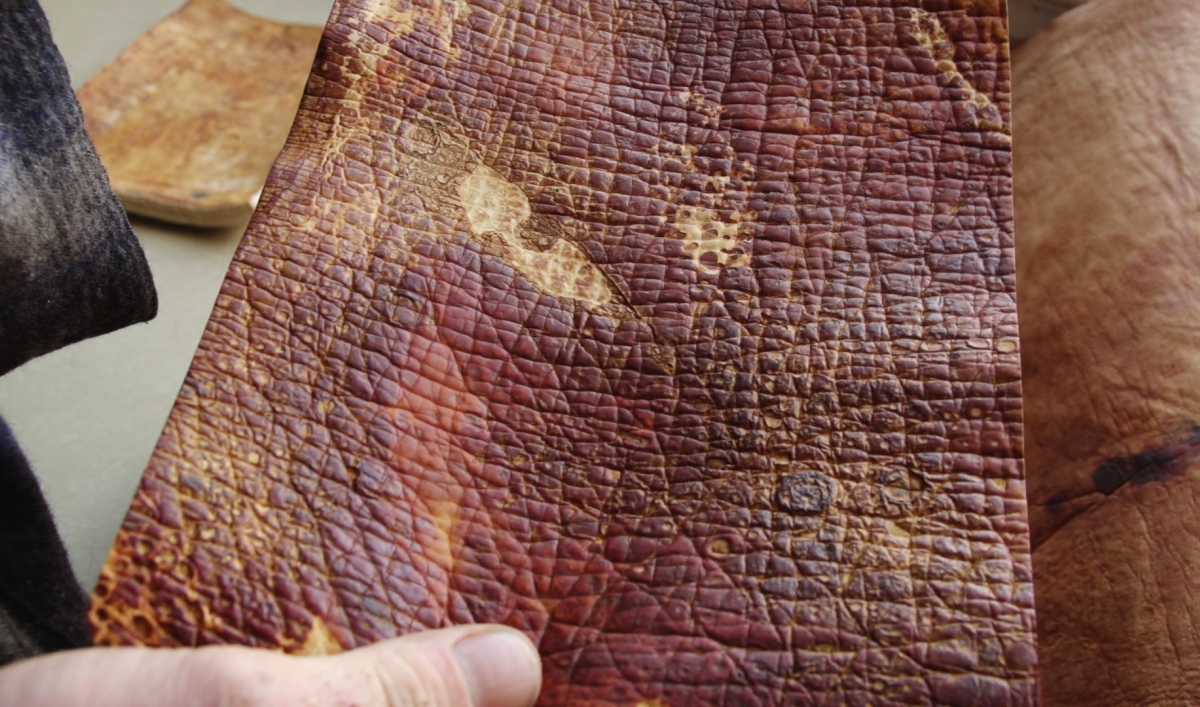

Developed with specific leather qualities and techniques in mind (from croc-embossing to stitching), its revolutionary production process is set to transform how designers fabricate and manufacture leather in the long-term.
‘The consumer is never going to choose sustainability over performance,’ says Scullin. ‘From my point of view, performance is everything, and we knew if this material didn’t bend the right way or stitch the right way, brands wouldn’t find it compelling.’









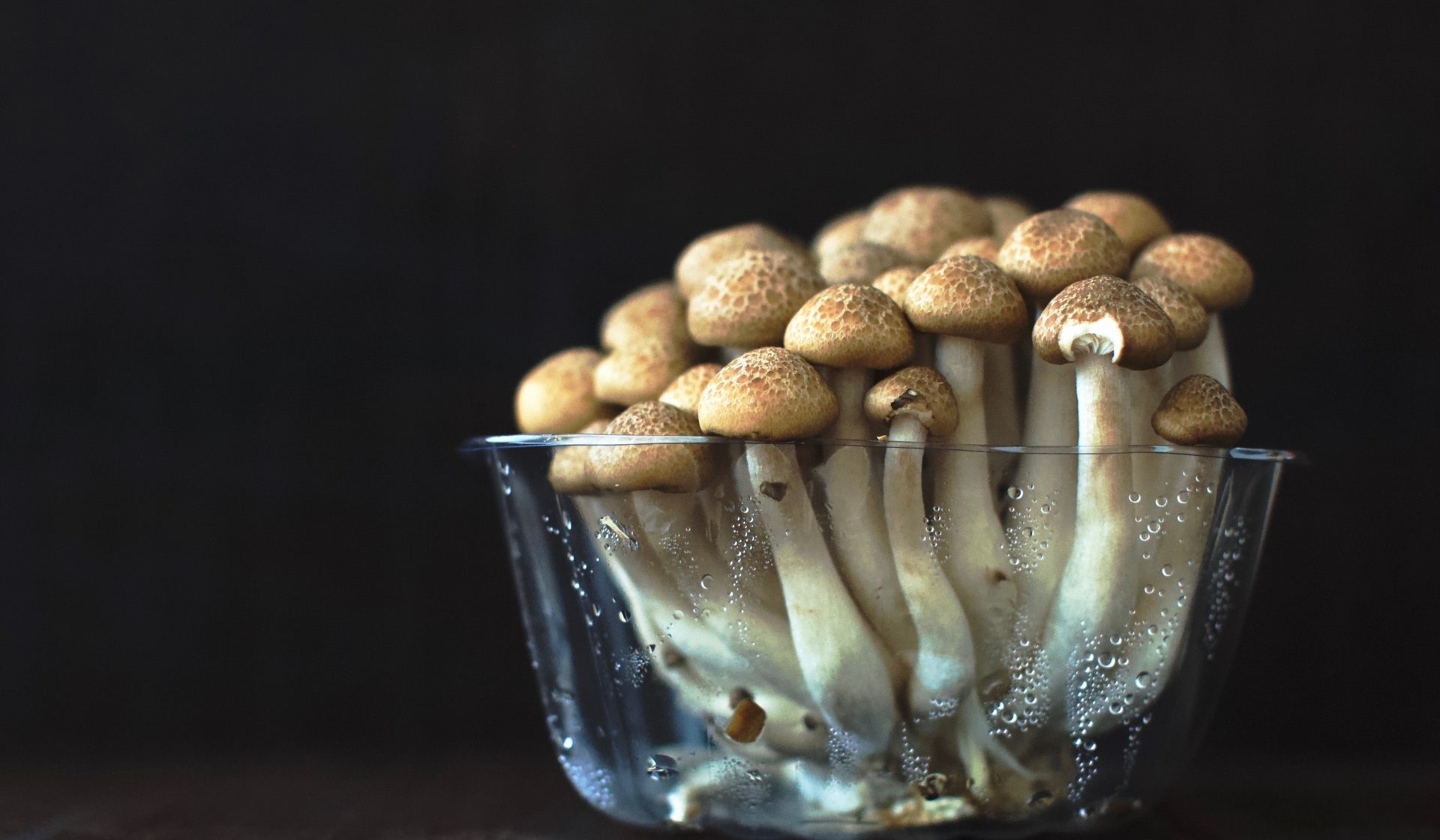
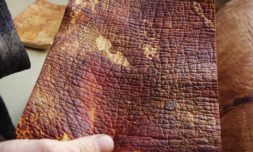
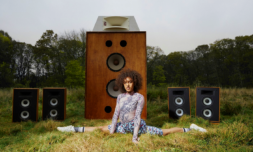
.jpg)
